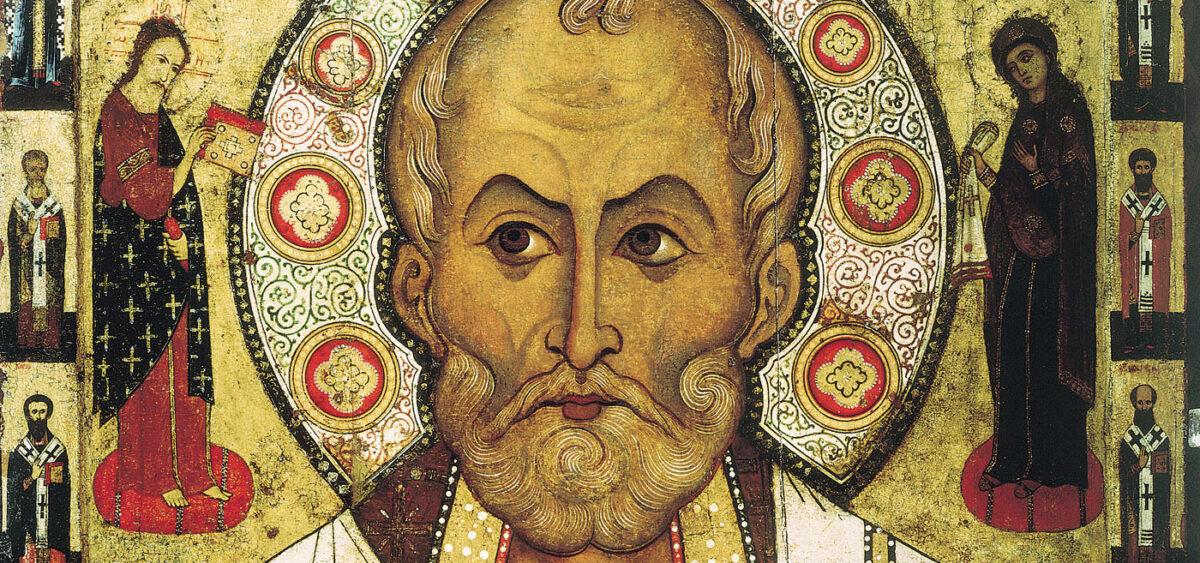
Everybody knows who brings Christmas presents for children. But what’s the origin of the saint whose name this charming deception bears? It’s like something out of Dan Brown.
It was 1087. Not far from the city of Myra in Anatolia, by now almost completely taken from Byzantium by the Seljuk Turks, sailors from Italy arrived. They came from Bari, then a trading power and theoretically an ally of the Eastern Christians. But if the residents of Myra thought the Barese were sailing to their rescue, they were gravely mistaken. The seafarers had a different mission: to steal the relics of St. Nicholas, famous among Christians of the Middle Ages.
His remains were considered priceless. A fragrant, oily liquid flowed from them; known as manna, it supposedly had miraculous healing powers. The relics didn’t just have this blessed effect on whoever possessed them. They also brought glory to the place they were kept, drawing in crowds of pilgrims, and with them the jingle of coins.
The Barese must have already heard the jingling in their minds when they found themselves beside the Cathedral of St. Nicholas, just outside the walls of Myra. They knew that their competitors from another Italian city, Venice, were already on the way. So they had to be quick and efficient. First they sent two spies, who returned with the news that the church had no armed guards. Then the 47 medieval sailors from Bari transformed into medieval commandos. They dressed as humble pilgrims, concealed their weapons and trotted to the cathedral. When they got there, they asked the monks to let them into the shrine, let them collect a bit of manna, and show them the saint’s true resting place – not the sarcophagus that was used to delude the simple. The bones in fact lay under it, beneath a mosaic floor.
But the monks became suspicious that the visitors weren’t just looking to pick








